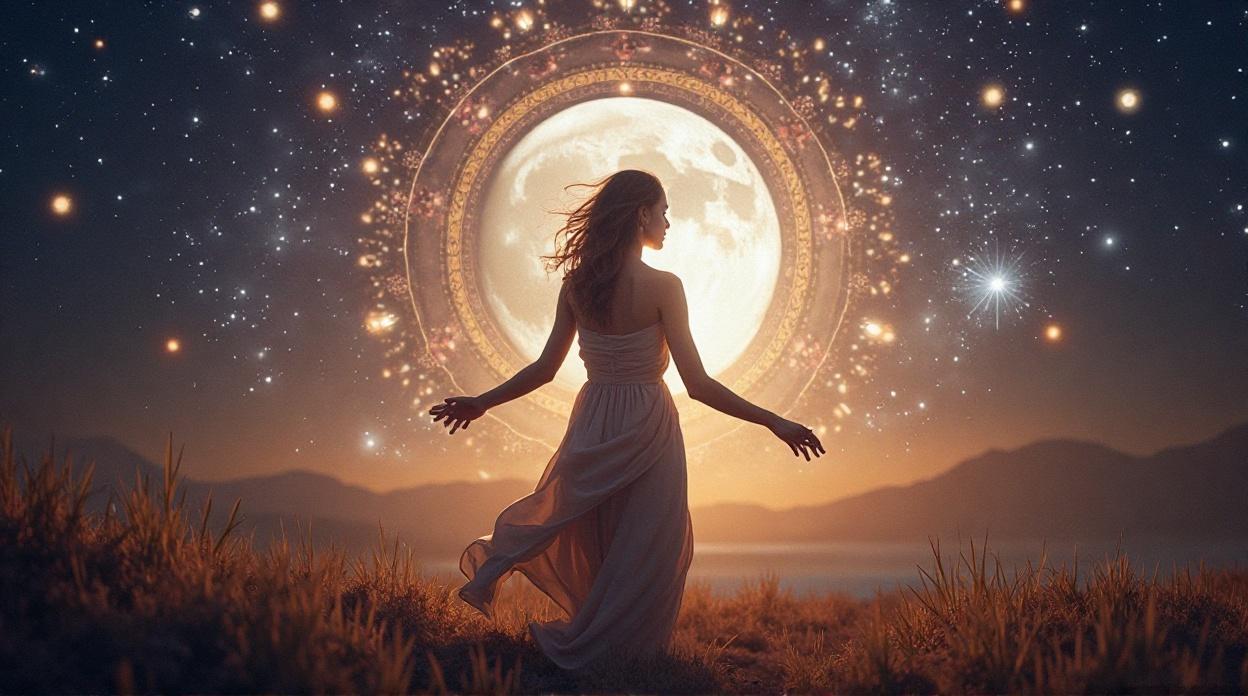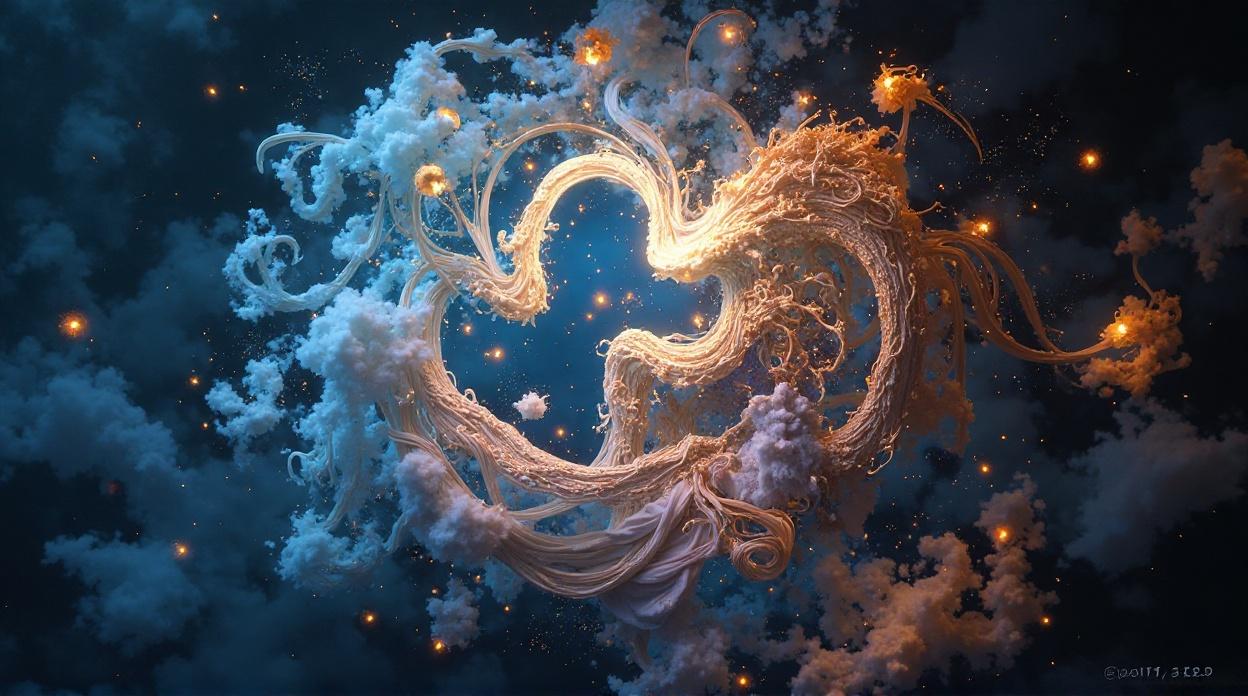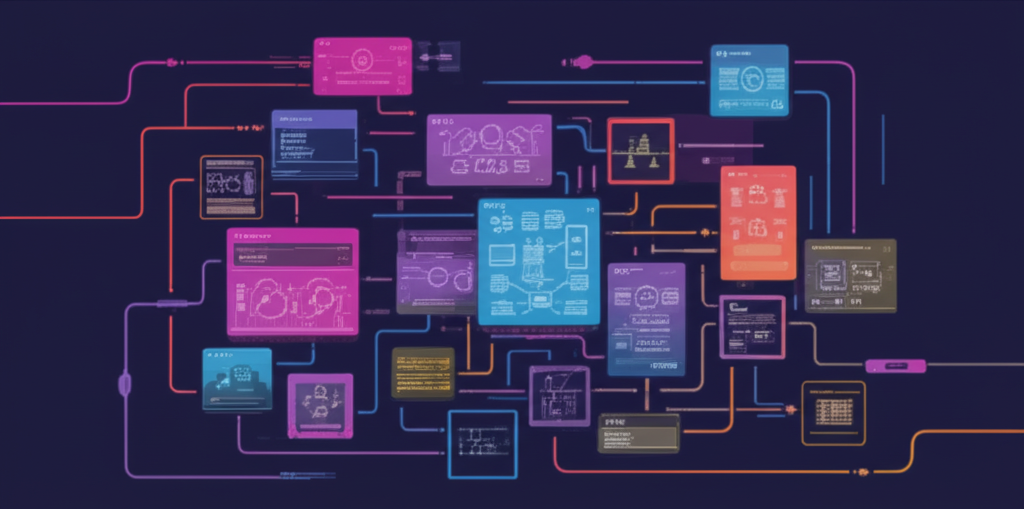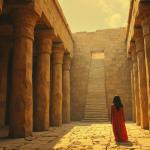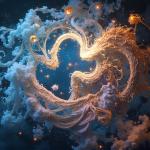"The Forgotten Dance of the Moon Goddess" conjures images of clandestine rituals under a full moon, whispered incantations, and secrets lost to the annals of history.
It speaks to a primal yearning for connection with the mystical and the ancient. But what if this "forgotten dance" isn't a single, historical ceremony waiting to be rediscovered? What if it's something more fluid, personal, and profoundly relevant to our modern world?
While there is no singular, documented ritual bearing this exact name, the concept is a powerful modern metaphor. It's a spiritual framework woven from humanity's most enduring threads: the reverence for the moon, the spiritual power of dance, and the celebration of the divine feminine. This exploration peels back the layers of this evocative phrase to reveal its ancient roots and vibrant, contemporary life.
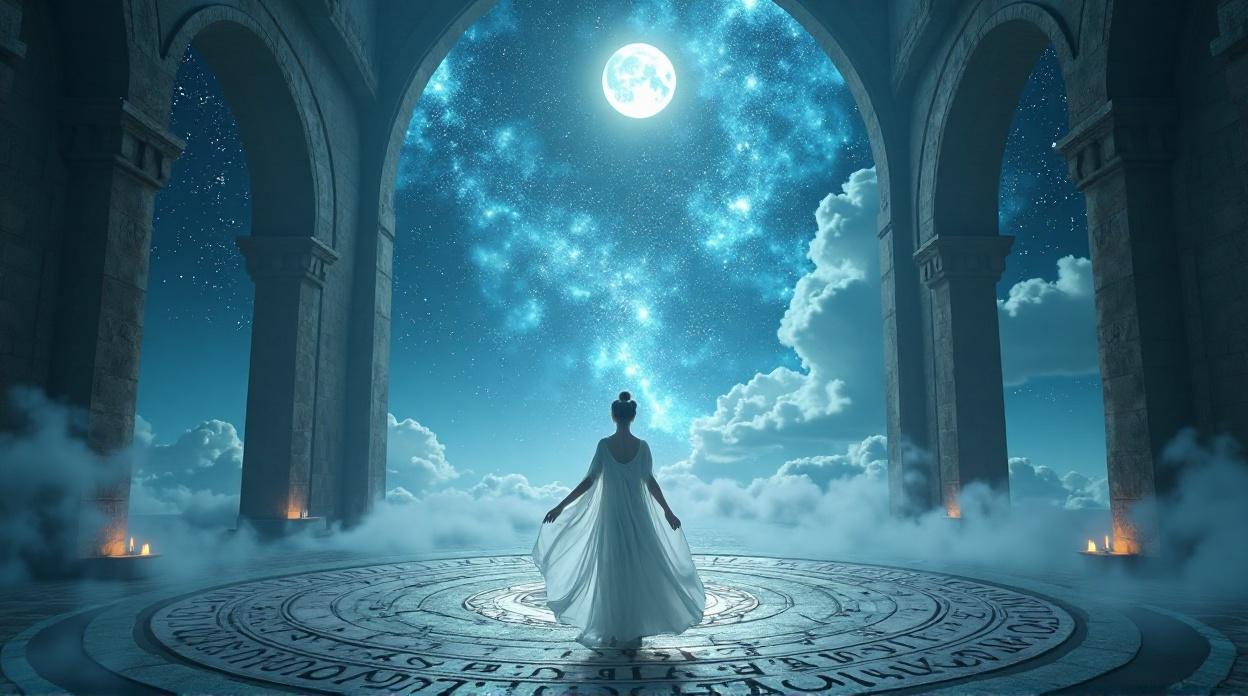
The Power of a Metaphor: What the 'Dance' Truly Means
At its heart, "The Forgotten Dance of the Moon Goddess" is a metaphor for inner awakening. It's less about prescribed steps and more about a state of being—a way to unlock inner wisdom and connect with the natural rhythms of life. The "dance" symbolizes an alignment with the lunar cycles, which have been seen for millennia as a mirror to our own cycles of growth, reflection, and release.
Practitioners of modern spirituality, particularly those in Pagan and Goddess-worshipping movements, engage in rituals that honor these phases. The new moon becomes a time for setting intentions, while the full moon is a peak of power, ideal for manifestation and releasing what no longer serves.
The "hidden portals" it promises to open are not physical gateways, but entries into deeper states of consciousness, intuition, and personal healing. This metaphorical dance is a reclamation of personal power sourced from within, celebrating the intuitive and nurturing qualities of the divine feminine that reside in everyone.
Ancient Roots, Modern Leaves
Though the phrase itself is modern, its components are as ancient as human culture.
The Moon's Enduring Mystique
Across the globe, cultures have venerated the moon, most often as a feminine symbol of cycles, fertility, and mystery. Deities like Selene and Artemis in Greece, Luna in Rome, the Mayan Ix Chel, China's Chang'e, and the Hindu Chandra have been revered for their connection to life's rhythms. The moon's phases—waxing and waning—are seen as a celestial clock, governing tides, seasons, and even our own biological rhythms.
Dance as Divine Connection
Dance has been a fundamental part of religious and spiritual ceremonies for thousands of years. Archaeological evidence from ancient cave paintings to Egyptian tomb murals shows that dance was a primary way to communicate with the divine, tell sacred stories, and foster community.
In ancient Egypt, priests and priestesses performed ritual dances to honor deities. The ancient Greeks used dance in festivals for gods like Dionysus and saw it as a key part of worship. In Japan, the traditional Bon Odori dance is performed during the Obon festival to honor the spirits of ancestors.
There are also specific "Moon Dance" ceremonies, such as the one with roots in Mexica/Aztec tradition, revived in modern times as a powerful women's ceremony for healing and reclaiming power.
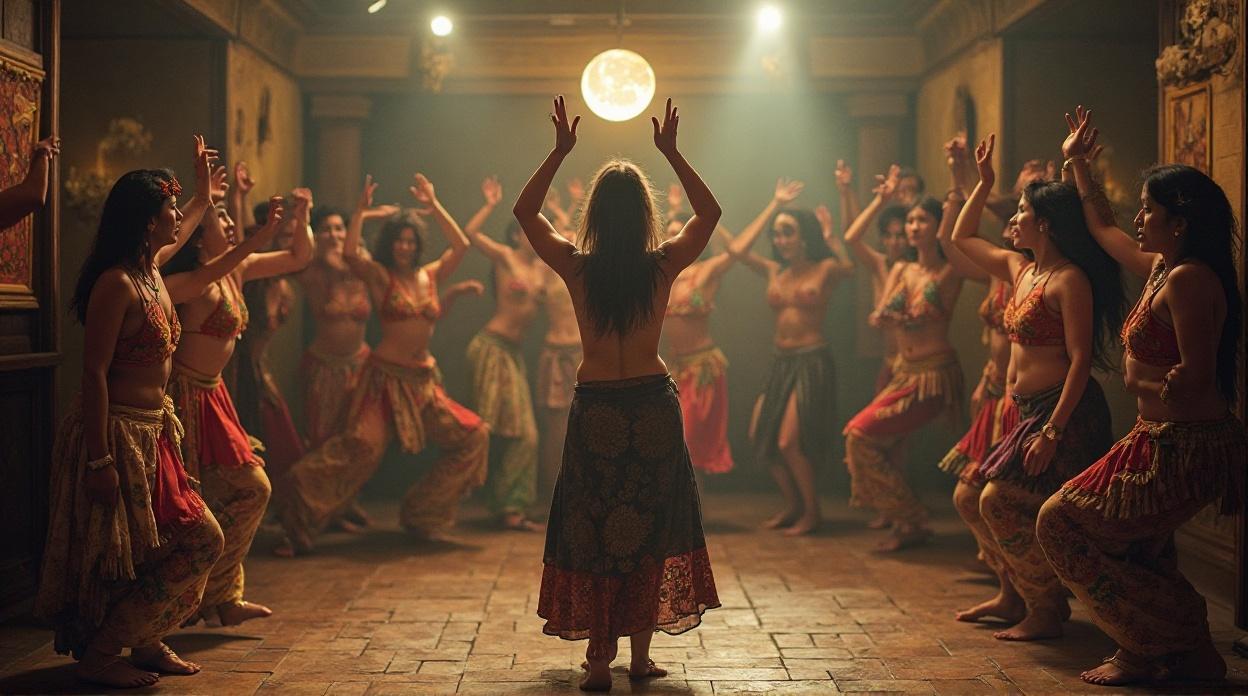
The Divine Feminine Resurgence
In the contemporary spiritual landscape, there is a growing movement to reconnect with and honor the divine feminine. The "Forgotten Dance" fits perfectly within this, offering a framework for women's ritual circles and moon-centric gatherings that foster community, inner strength, and a connection to ancestral knowledge.
Myth vs. Reality: Deconstructing the Mystery
A search for a literal, historical "Forgotten Dance of the Moon Goddess" will prove fruitless. There are no ancient scrolls or direct lineages for this specific ritual. The power of the concept, however, does not lie in historical authenticity but in its potent symbolism.
The idea can sometimes be colored by historical context. For example, some ancient Dorian cults of the goddess Artemis involved "lascivious dances," a detail that speaks more to differing cultural interpretations of worship than to any modern-day danger. In some faiths, the veneration of celestial bodies is explicitly forbidden.
Ultimately, the "controversy" surrounding this phrase is non-existent. Its strength is in its adaptability as a personal and evolving metaphor for reawakening our deepest selves and attuning to the ancient rhythms of existence.
Finding Your Rhythm: How to Join the Dance
To embrace the spirit of this "forgotten dance" is to connect with the cycles of nature and your own inner world. It is a personal and intuitive practice. Ways to connect include:
Practical Ways to Connect:
- Observing the Moon: Pay attention to the lunar phases and how your energy and emotions may shift with them.
- Creating Rituals: Simple acts performed with intention can become rituals. Light a candle on the new moon to set goals, or write down things you wish to release and safely burn the paper under the full moon.
- Intuitive Movement: Step outside under the moonlight and allow yourself to move freely, without choreography. The goal is to express your connection to the lunar energy, not to perform.
- Building a Lunar Altar: Dedicate a small space in your home to the moon, using items like silver candles, moonstone, and images that represent the divine feminine to you.
The "Forgotten Dance of the Moon Goddess" is a beautiful, multifaceted concept inviting us to remember, connect, and move with intention. So, the next time the moon hangs full and bright in the night sky, step out and feel its energy. You may just discover your own rhythm and open a portal to the wisdom that lies within.
The phrase "The Forgotten Dance of the Moon Goddess" conjures images of clandestine rituals under a full moon, whispered incantations, and secrets lost to the annals of history. It speaks to a primal yearning for connection with the mystical and the ancient. But what if this "forgotten dance" isn't a single, historical ceremony waiting to be rediscovered? What if it's something more fluid, personal, and profoundly relevant to our modern world?
While there is no singular, documented ritual bearing this exact name, the concept is a powerful modern metaphor. It's a spiritual framework woven from humanity's most enduring threads: the reverence for the moon, the spiritual power of dance, and the celebration of the divine feminine. This exploration peels back the layers of this evocative phrase to reveal its ancient roots and vibrant, contemporary life.
The Power of a Metaphor: What the 'Dance' Truly Means
At its heart, "The Forgotten Dance of the Moon Goddess" is a metaphor for inner awakening. It's less about prescribed steps and more about a state of being—a way to unlock inner wisdom and connect with the natural rhythms of life.
The "dance" symbolizes an alignment with the lunar cycles, which have been seen for millennia as a mirror to our own cycles of growth, reflection, and release. Practitioners of modern spirituality, particularly those in Pagan and Goddess-worshipping movements, engage in rituals that honor these phases. The new moon becomes a time for setting intentions, while the full moon is a peak of power, ideal for manifestation and releasing what no longer serves.
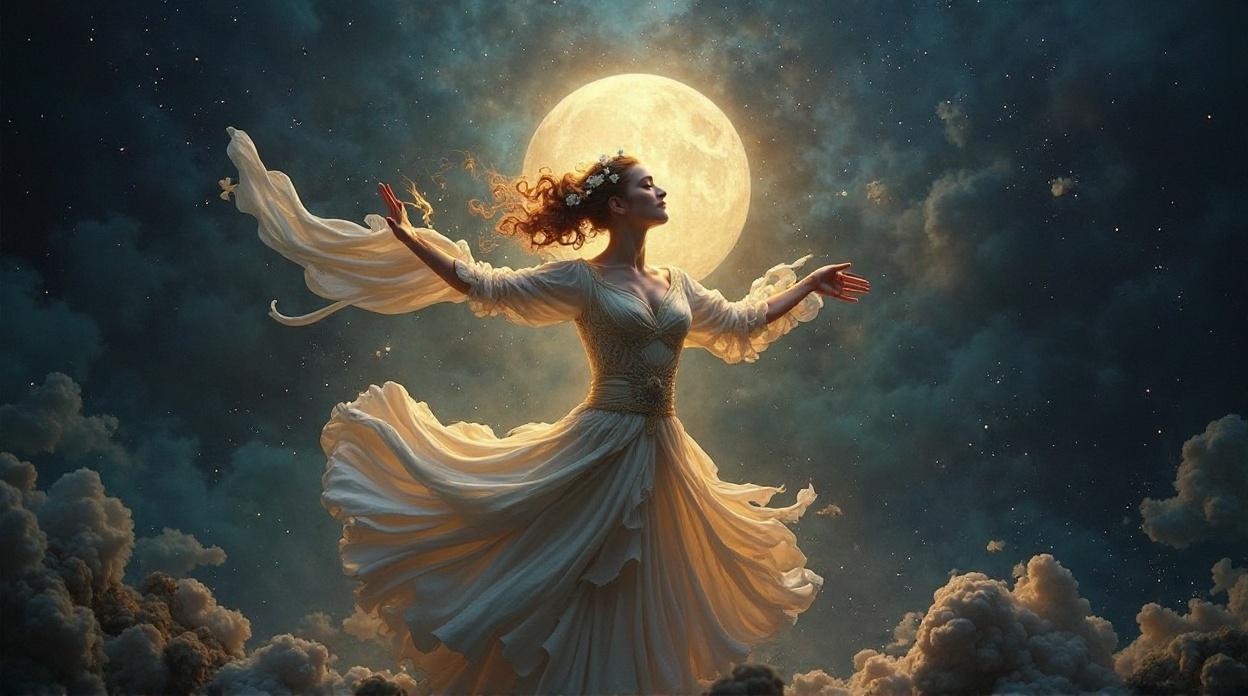
The "hidden portals" it promises to open are not physical gateways, but entries into deeper states of consciousness, intuition, and personal healing. This metaphorical dance is a reclamation of personal power sourced from within, celebrating the intuitive and nurturing qualities of the divine feminine that reside in everyone.
Ancient Roots, Modern Leaves
Though the phrase itself is modern, its components are as ancient as human culture.
The Moon's Enduring Mystique:
Across the globe, cultures have venerated the moon, most often as a feminine symbol of cycles, fertility, and mystery. Deities like Selene and Artemis in Greece, Luna in Rome, the Mayan Ix Chel, China's Chang'e, and the Hindu Chandra have been revered for their connection to life's rhythms. The moon’s phases—waxing and waning—are seen as a celestial clock, governing tides, seasons, and even our own biological rhythms.
Dance as Divine Connection:
Dance has been a fundamental part of religious and spiritual ceremonies for thousands of years. Archaeological evidence from ancient cave paintings to Egyptian tomb murals shows that dance was a primary way to communicate with the divine, tell sacred stories, and foster community. In ancient Egypt, priests and priestesses performed ritual dances to honor deities. The ancient Greeks used dance in festivals for gods like Dionysus and saw it as a key part of worship. In Japan, the traditional Bon Odori dance is performed during the Obon festival to honor the spirits of ancestors. There are also specific "Moon Dance" ceremonies, such as the one with roots in Mexica/Aztec tradition, revived in modern times as a powerful women's ceremony for healing and reclaiming power.
The Divine Feminine Resurgence:
In the contemporary spiritual landscape, there is a growing movement to reconnect with and honor the divine feminine. The "Forgotten Dance" fits perfectly within this, offering a framework for women's ritual circles and moon-centric gatherings that foster community, inner strength, and a connection to ancestral knowledge.
Myth vs. Reality: Deconstructing the Mystery
A search for a literal, historical "Forgotten Dance of the Moon Goddess" will prove fruitless. There are no ancient scrolls or direct lineages for this specific ritual. The power of the concept, however, does not lie in historical authenticity but in its potent symbolism.
The idea can sometimes be colored by historical context. For example, some ancient Dorian cults of the goddess Artemis involved "lascivious dances," a detail that speaks more to differing cultural interpretations of worship than to any modern-day danger. In some faiths, the veneration of celestial bodies is explicitly forbidden.

Ultimately, the "controversy" surrounding this phrase is non-existent. Its strength is in its adaptability as a personal and evolving metaphor for reawakening our deepest selves and attuning to the ancient rhythms of existence.
Finding Your Rhythm: How to Join the Dance
To embrace the spirit of this "forgotten dance" is to connect with the cycles of nature and your own inner world. It is a personal and intuitive practice.
Ways to connect include:
The "Forgotten Dance of the Moon Goddess" is a beautiful, multifaceted concept inviting us to remember, connect, and move with intention. So, the next time the moon hangs full and bright in the night sky, step out and feel its energy. You may just discover your own rhythm and open a portal to the wisdom that lies within.
The phrase "The Forgotten Dance of the Moon Goddess" conjures images of clandestine rituals under a full moon, whispered incantations, and secrets lost to the annals of history. It speaks to a primal yearning for connection with the mystical and the ancient. But what if this "forgotten dance" isn't a single, historical ceremony waiting to be rediscovered? What if it's something more fluid, personal, and profoundly relevant to our modern world?
While there is no singular, documented ritual bearing this exact name, the concept is a powerful modern metaphor. It's a spiritual framework woven from humanity's most enduring threads: the reverence for the moon, the spiritual power of dance, and the celebration of the divine feminine. This exploration peels back the layers of this evocative phrase to reveal its ancient roots and vibrant, contemporary life.
The Power of a Metaphor: What the 'Dance' Truly Means
At its heart, "The Forgotten Dance of the Moon Goddess" is a metaphor for inner awakening. It's less about prescribed steps and more about a state of being—a way to unlock inner wisdom and connect with the natural rhythms of life.
The "dance" symbolizes an alignment with the lunar cycles, which have been seen for millennia as a mirror to our own cycles of growth, reflection, and release. Practitioners of modern spirituality, particularly those in Pagan and Goddess-worshipping movements, engage in rituals that honor these phases. The new moon becomes a time for setting intentions, while the full moon is a peak of power, ideal for manifestation and releasing what no longer serves.
The "hidden portals" it promises to open are not physical gateways, but entries into deeper states of consciousness, intuition, and personal healing. This metaphorical dance is a reclamation of personal power sourced from within, celebrating the intuitive and nurturing qualities of the divine feminine that reside in everyone.
Ancient Roots, Modern Leaves
Though the phrase itself is modern, its components are as ancient as human culture.
The Moon's Enduring Mystique:
Across the globe, cultures have venerated the moon, most often as a feminine symbol of cycles, fertility, and mystery. Deities like Selene and Artemis in Greece, Luna in Rome, the Mayan Ix Chel, China's Chang'e, and the Hindu Chandra have been revered for their connection to life's rhythms. The moon’s phases—waxing and waning—are seen as a celestial clock, governing tides, seasons, and even our own biological rhythms.
Dance as Divine Connection:
Dance has been a fundamental part of religious and spiritual ceremonies for thousands of years. Archaeological evidence from ancient cave paintings to Egyptian tomb murals shows that dance was a primary way to communicate with the divine, tell sacred stories, and foster community. In ancient Egypt, priests and priestesses performed ritual dances to honor deities. The ancient Greeks used dance in festivals for gods like Dionysus and saw it as a key part of worship. In Japan, the traditional Bon Odori dance is performed during the Obon festival to honor the spirits of ancestors. There are also specific "Moon Dance" ceremonies, such as the one with roots in Mexica/Aztec tradition, revived in modern times as a powerful women's ceremony for healing and reclaiming power.
The Divine Feminine Resurgence:
In the contemporary spiritual landscape, there is a growing movement to reconnect with and honor the divine feminine. The "Forgotten Dance" fits perfectly within this, offering a framework for women's ritual circles and moon-centric gatherings that foster community, inner strength, and a connection to ancestral knowledge.
Myth vs. Reality: Deconstructing the Mystery
A search for a literal, historical "Forgotten Dance of the Moon Goddess" will prove fruitless. There are no ancient scrolls or direct lineages for this specific ritual. The power of the concept, however, does not lie in historical authenticity but in its potent symbolism.
The idea can sometimes be colored by historical context. For example, some ancient Dorian cults of the goddess Artemis involved "lascivious dances," a detail that speaks more to differing cultural interpretations of worship than to any modern-day danger. In some faiths, the veneration of celestial bodies is explicitly forbidden.
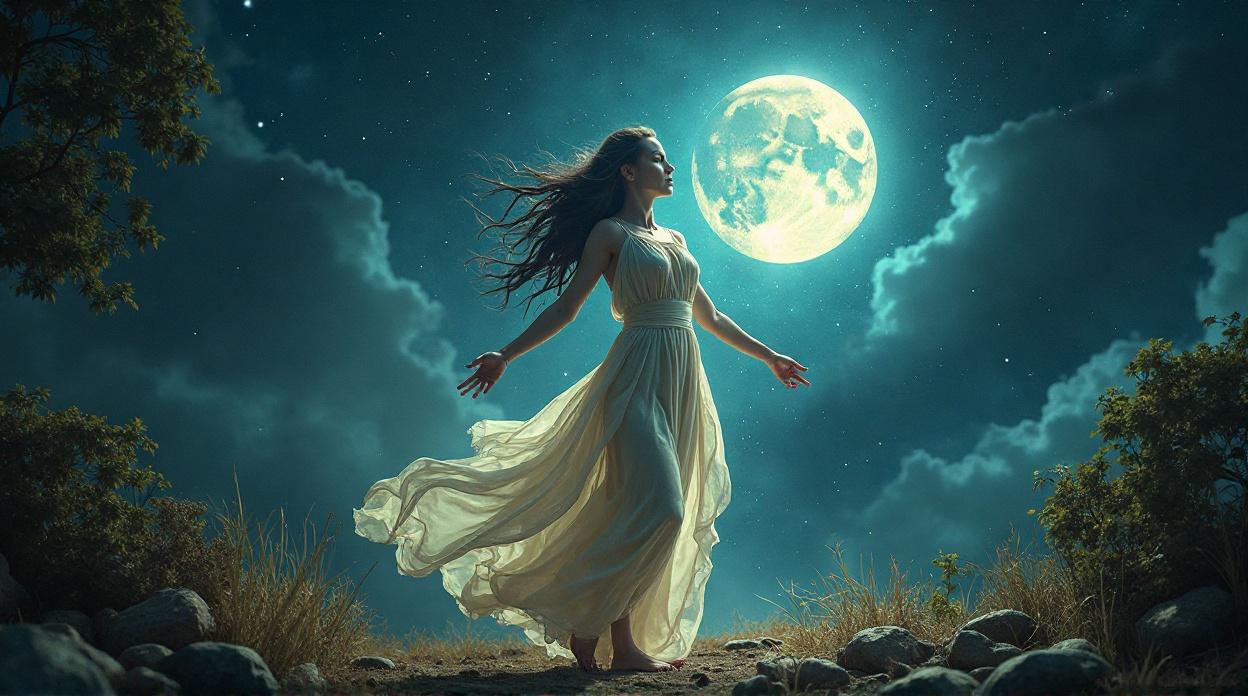
Ultimately, the "controversy" surrounding this phrase is non-existent. Its strength is in its adaptability as a personal and evolving metaphor for reawakening our deepest selves and attuning to the ancient rhythms of existence.
Finding Your Rhythm: How to Join the Dance
To embrace the spirit of this "forgotten dance" is to connect with the cycles of nature and your own inner world. It is a personal and intuitive practice.
Ways to connect include:
The "Forgotten Dance of the Moon Goddess" is a beautiful, multifaceted concept inviting us to remember, connect, and move with intention. So, the next time the moon hangs full and bright in the night sky, step out and feel its energy. You may just discover your own rhythm and open a portal to the wisdom that lies within.
Leave a comment
Your email address will not be published. Required fields are marked *


